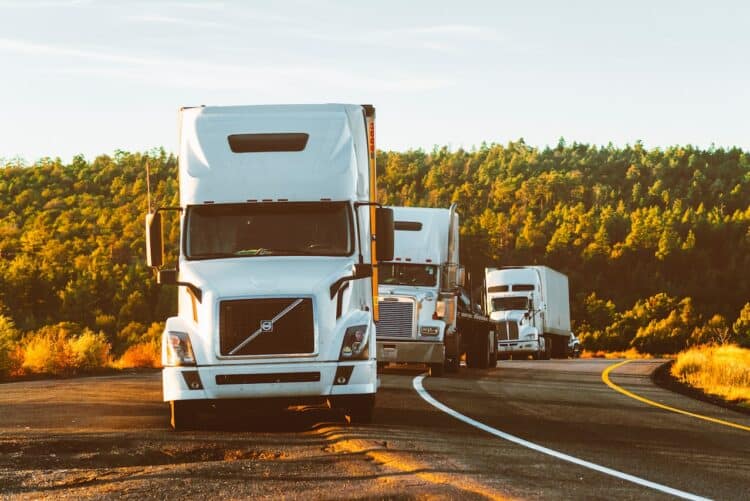Frost and Sullivan forecasts Brazilian connected trucks telematics to reach 2.59 million units by 2027. The analyst attributes this climb to the need to address safety, security, and driver management inflates demand for telematics solutions, driving the Brazilian connected trucks telematics market.
Frost & Sullivan’s recent analysis finds that carriers and insurance companies’ emphasis on risk management requires telematics solutions on trucks that carry dangerous or expensive goods. This market will reach 2.59 million units by 2027 from 1.12 million in 2021, registering commendable growth at a compound annual growth rate (CAGR) of 15%.

“More than 62% of freight transportation is through the road in Brazil. This highlights the importance of the truck fleet in the country and the urgent need for telematics adoption to reduce the total cost of ownership,” said Ingrid Schumann, mobility industry analyst at Frost & Sullivan.
“Additionally, although the telematics market in Brazil is still focused on track and trace solutions, other segments, such as driver and vehicle management, are increasing in demand.”
Ingrid Schumann
Schumann added: “The commercial vehicle segment in Brazil will grow rapidly in the next decade due to the expansion of agribusiness and eCommerce. This will positively impact the telematics market as these new vehicles represent opportunities for telematics service providers (TSPs), original equipment manufacturers, and start-ups to increase their market shares.”
To reap the benefits of the growing Brazilian connected trucks telematics sector:
TSPs should invest in solutions that impact fuel consumption, such as vehicle and driver management, in addition to routing.
Fleet companies should demand an open telematics system as it offers benefits such as truck data that will be easily read and understood.
TSPs that work with last-mile deliveries should invest in solutions requested by the end customer, such as routing, estimated time of delivery, and order status checks. For this type of product portfolio, it is vital to invest in logistics integration.



